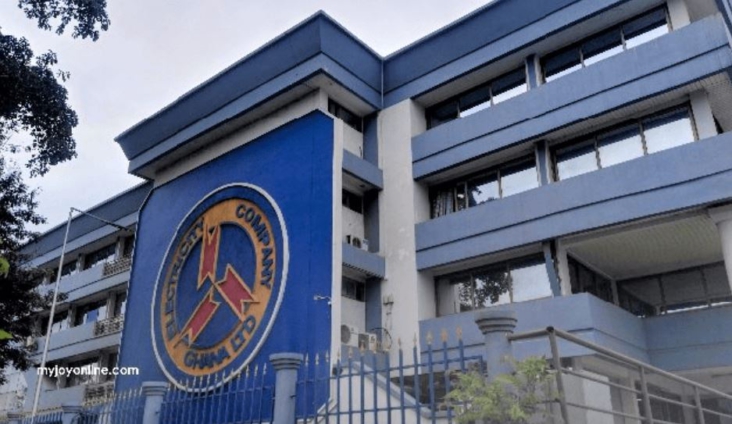Electricity access remains low in Northern Ghana amid national gains – Nsemkeka
Ghana’s electricity access rate has inched up from 88.8% in 2023 to 89.4% in 2025, according to the latest national data. While this upward trend suggests modest progress toward universal electrification, a closer look reveals a troubling truth: the northern part of the country remains consistently below the national average.
Population data from the Ghana Statistical Service confirms that the five northern regions, Upper East, Upper West, Northern, Savannah, and North East, account for just 18.8% of the national population. The bulk of Ghanaians reside in the southern belt, particularly in the Greater Accra, Ashanti, Central, and Western Regions, which also house the country’s major urban and economic centers.
!function(){“use strict”;window.addEventListener(“message”,(function(a){if(void 0!==a.data[“datawrapper-height”]){var e=document.querySelectorAll(“iframe”);for(var t in a.data[“datawrapper-height”])for(var r,i=0;r=e[i];i++)if(r.contentWindow===a.source){var d=a.data[“datawrapper-height”][t]+”px”;r.style.height=d}}}))}();
These southern regions not only have denser populations but also provide electricity to a significantly higher share of their residents, as highlighted in the 2025 Energy Statistics Report. In contrast, all five northern regions remain disproportionately underserved, despite their smaller population sizes.
Although fewer people live in northern Ghana compared to the South, their electricity access rates still fall below the national average. The data suggests that while overall access has improved nationally, the pace of progress in the northern regions has not kept up, leaving them consistently behind in Ghana’s electrification efforts.
This reinforces the long-standing gaps between the two zones.
The report also highlights Ghana’s steady shift from hydro to thermal power over the past two decades. Today, thermal sources account for 70% of the country’s installed electricity capacity, while hydropower contributes just 28%.
This growing reliance on thermal energy has come at a cost — the government now owes $2.5 billion to Independent Power Producers (IPPs), a mounting debt that continues to strain the national economy.

